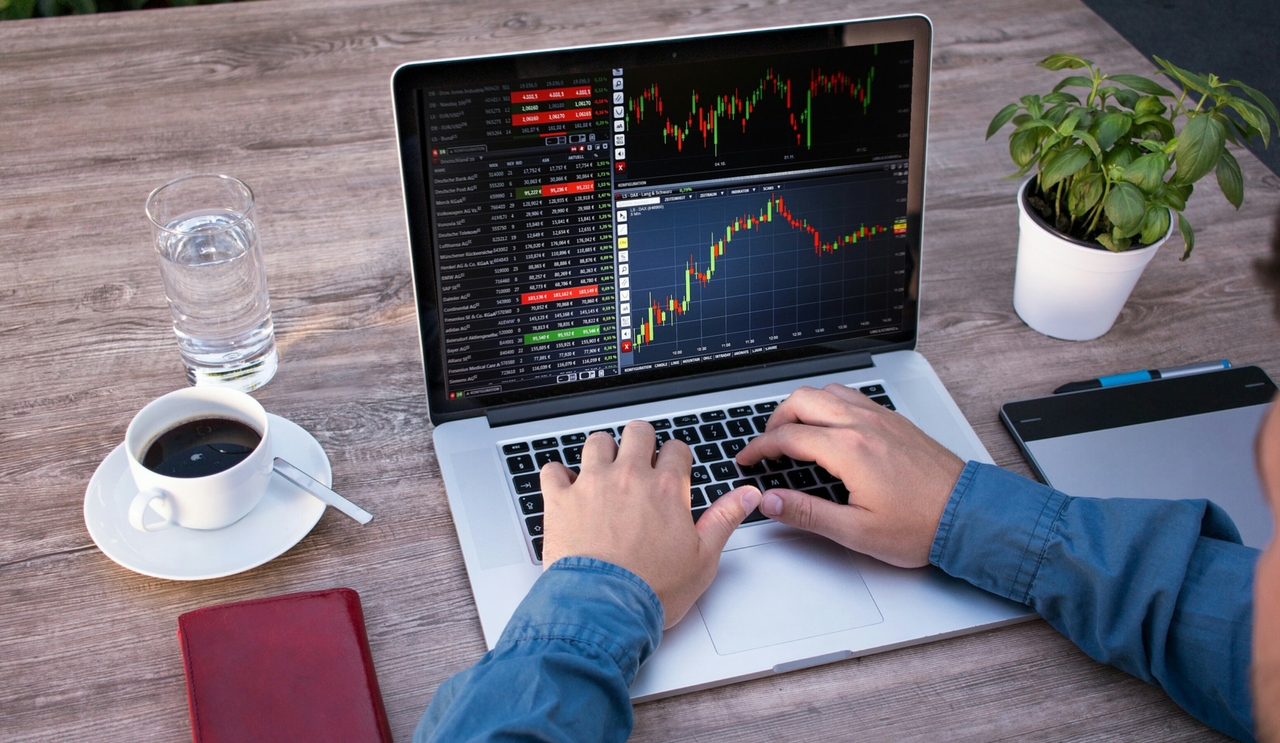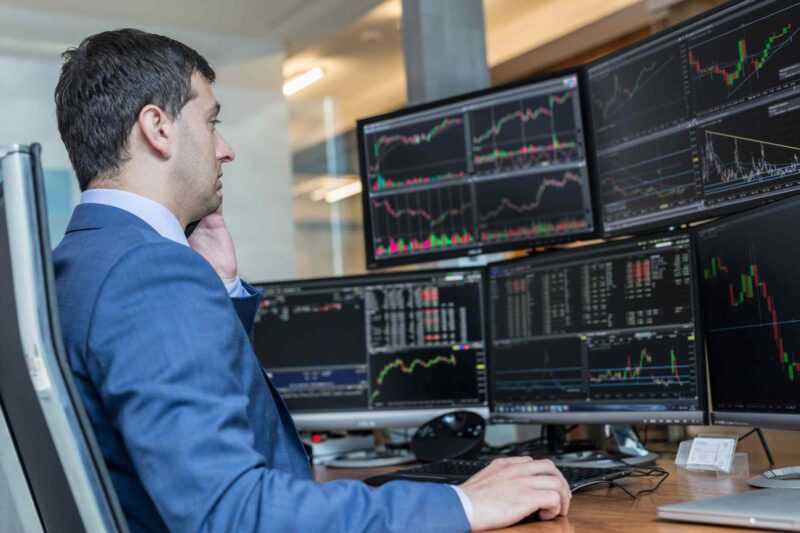The digital age has ushered in a revolution in trading, where algorithms wield power over the bustling markets, and software can simulate every twist and turn of trading strategies. Automated trading on simulators has become a double-edged sword—presenting both enticing opportunities and formidable challenges for traders of all skill levels.
On one hand, these advanced platforms promise the allure of precision, efficiency, and the chance to refine strategies without the risk of real capital. On the other hand, the complexity of market dynamics and the potential for over-reliance on technology raise serious questions about the effectiveness of such tools.
As we delve into the pros and cons of automated trading on simulators, we uncover the intricate balance between innovation and caution, inviting both seasoned traders and novices to ponder the true value of these digital trading assistants.
Introduction to Automated Trading in Simulators

Automated trading in simulators has emerged as a compelling avenue for both novice and seasoned traders seeking to refine their strategies without the immediate pressures of real-market risks. Entering this digital frontier, traders find themselves equipped with sophisticated algorithms that can execute trades at lightning speed and with remarkable precision.
Yet, while these simulators offer a landscape for experimentation and learning, they also present a labyrinth of complexities that can bewilder even the most astute. One essential feature that enhances the learning process is the replay chart free tool. This tool allows traders to revisit and analyze historical market data, enabling them to backtest their strategies and see how they would have performed under different market conditions.
By using the replay chart tool, traders can gain deeper insights into market dynamics and fine-tune their automated strategies in a risk-free environment. Understanding market dynamics, backtesting strategies, and analyzing outcomes within these simulated environments are crucial steps to making informed trading decisions.
However, the allure of algorithmic efficiency often masks the underlying challenges—such as the lack of emotional resilience and real-world unpredictability—that traders must confront. As we delve deeper into the pros and cons of this practice, it becomes clear that automated trading in simulators is not just a tool but a double-edged sword, ripe with opportunities and pitfalls alike.
The replay chart free tool, while invaluable, is only one piece of the puzzle in mastering the complexities of automated trading.
Advantages of Automated Trading on Simulators

Automated trading on simulators offers a wealth of advantages, making it a compelling choice for both novice and seasoned traders. For one, these platforms provide a risk-free environment where users can test their strategies without the looming threat of real financial loss.
This ability to experiment—without the emotional weight that comes with actual trading—encourages innovative thinking and fosters a deeper understanding of market dynamics. Additionally, simulators can process vast amounts of data far quicker than any human could, allowing traders to analyze trends and execution speeds with astonishing accuracy.
Users can backtest their algorithms against historical data, identifying potential pitfalls and refining their approaches long before deploying them in live markets. And, as the technology steadily evolves, traders can leverage cutting-edge tools, gaining insights that were once the domain of elite professionals.
Moreover, the flexibility to practice at any time removes barriers, empowering individuals to hone their skills at their own pace. Ultimately, automated trading on simulators can be a game-changer, facilitating a more informed and confident trading experience for all.
Disadvantages of Automated Trading on Simulators

Despite the alluring benefits of automated trading on simulators, several disadvantages warrant attention. First and foremost, the lack of real-world emotional pressure can lead to an unrealistic perception of performance.
Traders may become overly reliant on algorithms, ignoring the inherent unpredictability of the market. This detachment can foster a false sense of security, resulting in complacency when transitioning to live trading, where emotions like fear and greed dramatically influence decision-making.
Furthermore, simulators often operate under ideal conditions, lacking the slippage and latency that traders encounter in actual markets. This disparity can culminate in a rude awakening when traders inevitably face the harsh realities of live trading, potentially leading to significant losses that could have been otherwise anticipated.
Additionally, over-optimization of strategies in a simulated environment can create an illusion of efficacy, where a trader is dazzled by historical profits but ill-prepared for future challenges. Ultimately, while simulators can serve as valuable learning tools, their limitations may obscure the complexities of the real trading world, leaving traders unprepared for the unpredictable journey ahead.
Conclusion
In conclusion, automated trading on simulators presents a compelling mix of advantages and drawbacks that traders must carefully weigh. On one hand, the ability to test strategies in a risk-free environment allows for invaluable learning experiences and the refinement of techniques.
Yet, the reliance on algorithms can sometimes lead to a disconnection from market realities and human intuition. Tools like the replay chart, which offer a free and dynamic means to simulate trading scenarios, can enhance the learning process and provide insights into strategy performance under various market conditions.
Ultimately, whether youre a novice or an experienced trader, leveraging automated trading in simulators can be beneficial, provided it’s approached with a balanced understanding of its potential risks and rewards.


